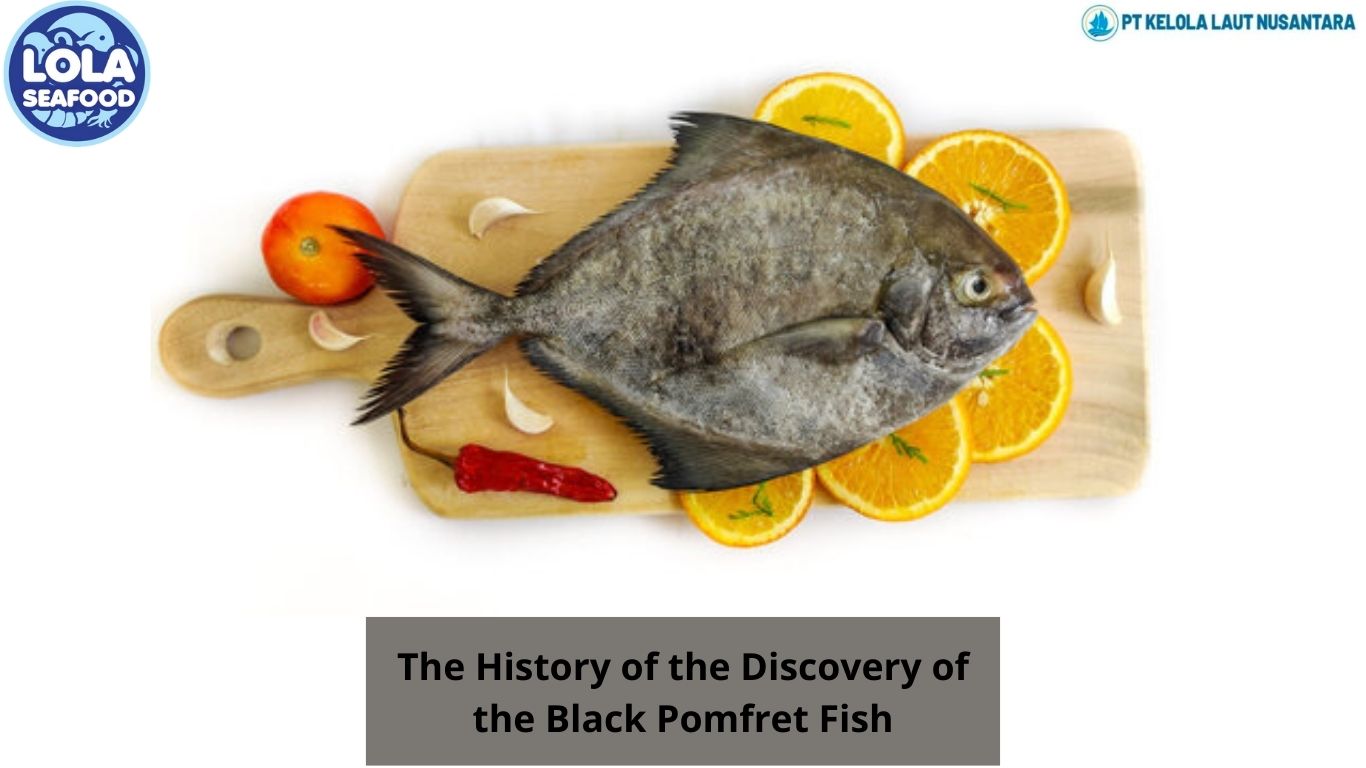The History of the Discovery of the Black Pomfret Fish
By. Fajar - 26 Mar 2025
Kelolalaut.com The Black Pomfret is a species of fish that has been widely recognized for its culinary and commercial value across various regions, particularly in the Indo-Pacific. This fish, belonging to the family Carangidae, has a long history associated with its discovery, study, and importance in marine biodiversity.
Early Discovery and Classification
The Black Pomfret was first identified and classified by ichthyologists in the 18th and 19th centuries when European explorers and naturalists expanded their studies into the marine life of the tropical and subtropical oceans. The fish’s scientific classification places it within the order Carangiformes, a group known for its diverse and commercially important species.
Naturalists during the Age of Exploration encountered Black Pomfret in abundance across the Indian Ocean and western Pacific waters, particularly in regions surrounding India, Sri Lanka, Indonesia, and the South China Sea. Indigenous fishing communities had already been familiar with the species for centuries, utilizing it as a key component of their diet and economy.
Indigenous Knowledge and Early Utilization
Long before formal scientific classification, local fishermen and traders had extensive knowledge of the Black Pomfret. Historical records from maritime trade routes, such as those documented in Chinese, Indian, and Arab sources, indicate that the fish was an essential part of seafood trade. It was often dried, salted, or sold fresh in coastal markets. Its fast growth, adaptability to varying salinity levels, and delicious taste made it a sought-after species among traders and consumers.
Scientific Documentation and Studies
The formal scientific documentation of Black Pomfret gained momentum in the 19th and 20th centuries when marine biologists started extensively studying the fish’s habitat, migratory patterns, and commercial potential. Early taxonomists relied on morphological characteristics to classify and differentiate the Black Pomfret from other pomfret species, such as the Silver Pomfret (Pampus argenteus). The species' distinct deep-bodied structure, dark coloration, and forked tail helped establish its classification.
Further research into its behaviour revealed that the Black Pomfret is a pelagic fish, often found at depths ranging from 10 to 100 meters. It thrives in coastal waters with warm temperatures and feeds on a diet of plankton, small fish, and crustaceans. The fish's ability to survive in both marine and estuarine environments has contributed to its widespread presence in Asian and Middle Eastern waters.
Modern Importance and Conservation
Today, the Black Pomfret continues to be a highly valuable species in the fishing industry, particularly in India, Malaysia, and Taiwan. Its role in commercial fishing has led to significant aquaculture developments, with some regions attempting to breed the species in controlled environments to meet high market demand.
Despite its abundance, concerns over overfishing and habitat degradation have prompted marine conservationists to monitor Black Pomfret populations. Sustainable fishing practices and regulatory measures have been introduced in some countries to prevent depletion and ensure the long-term viability of this species.
The Black Pomfret’s discovery and subsequent classification mark an important chapter in marine biology and fisheries science. From being a staple in traditional diets to becoming a globally traded seafood commodity, this fish’s history highlights its ecological and economic significance. As ongoing research and conservation efforts continue, ensuring the sustainable management of the Black Pomfret will be crucial for future generations.
If youre interested in our Black Pomfret Portion Cut and Black Pomfret Whole Round please do not hesitate to contact us through email and/or whatsapp.



.jpg)

.jpg)

.jpg)
